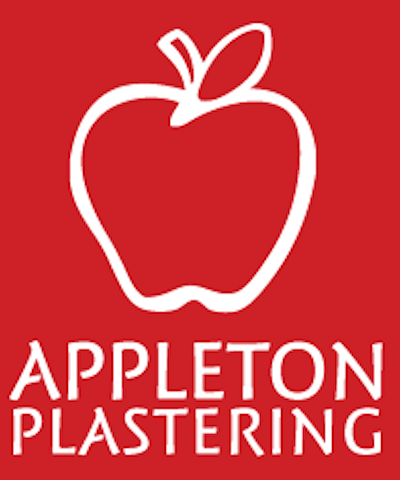Founded by Nicholas Appleton in 2000, Appleton Plastering has established a reputation as one of Berkshire’s leading providers of domestic focused interior and exterior plastering services.
With over 20 years’ experience and a real focus on customer satisfaction, you can rely on us for your next project. Our expert plasterers are fully trained to the highest professional standards and all work is conducted in a tidy and professional manor.
We specialising in the following core areas:
